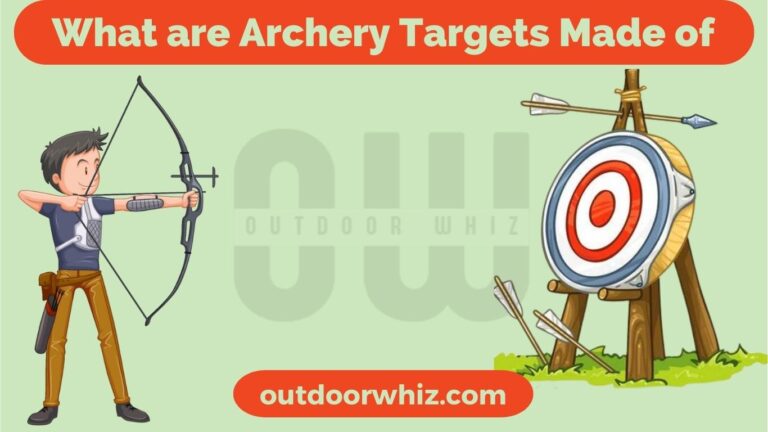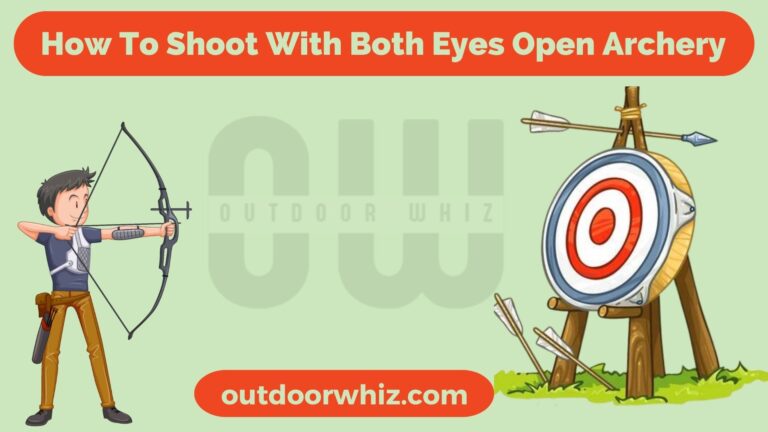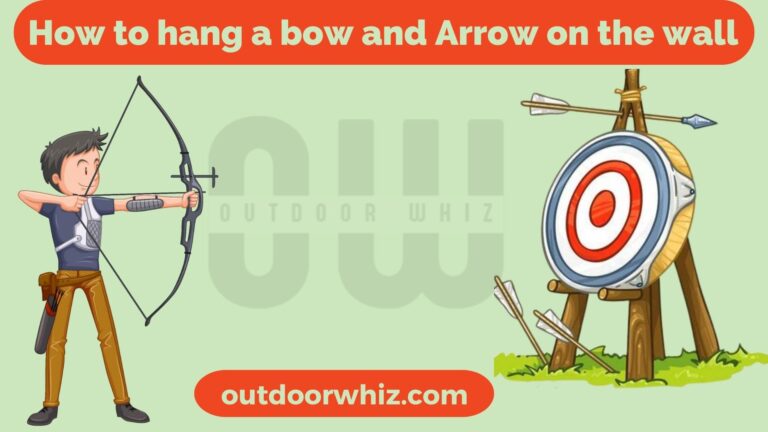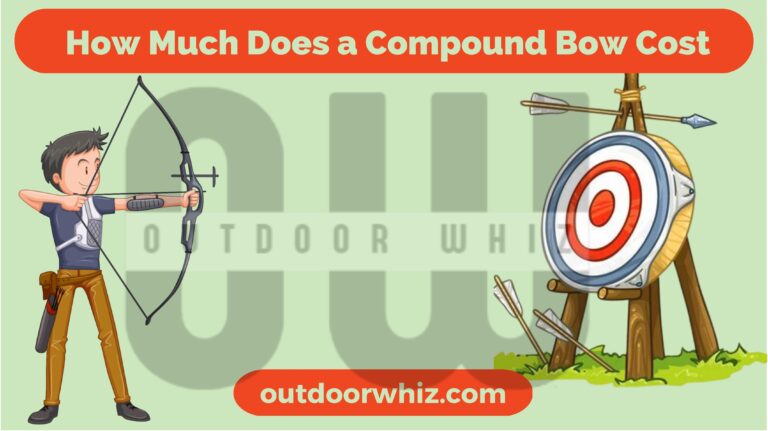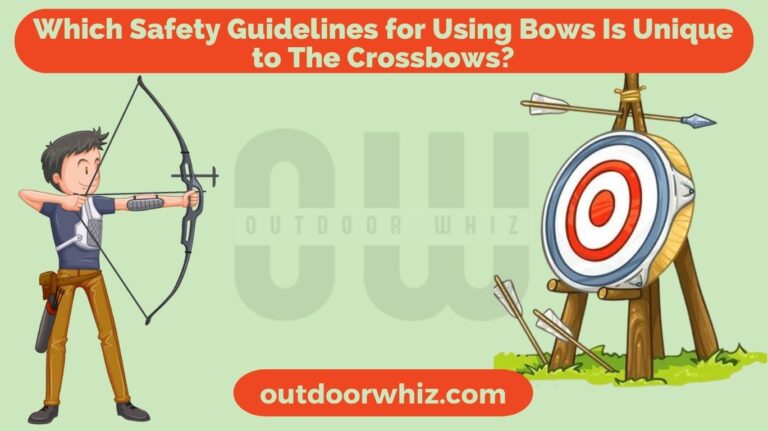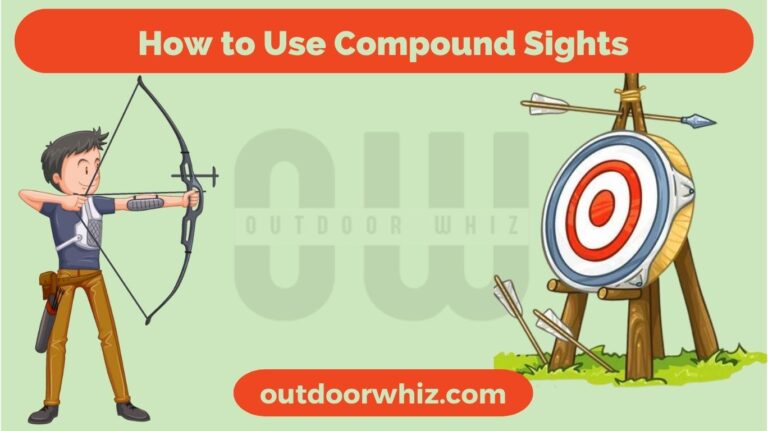When trying to understand how your recurve bow works, knowing parts of recurve bow is essential.
Whether you are learning to understand the part of recurve bow or having a difficult time adjusting to your new bow, this guide is there to help you out.
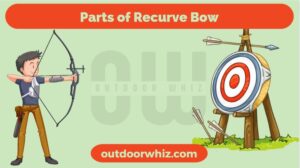
Let’s briefly look at the parts of the recurve bow and how they are useful for its functioning.
Page Contents
Parts Of Recurve Bow
There are many parts of a recurve bow. However, it has three main parts: the riser, two limbs, and a bowstring. The recurve bow is easy to assemble once you understand the role and functioning of these parts. You can make its draw-weight heavier or lighter according to the requirement.
Here is the complete key about parts of the recurve bow and arrow.
1. Riser
Riser has a second name, the heart of the bow. It is the central part of the bow to grasp the bow. It helps the archer to hold the bow comfortably and shoot at the target. It is made of wood, so its main properties are flexibility and durability. The carbon fiber and fiberglass make it a lightweight bow for archers. It can hold the limbs and other parts tightly, so it is also called the backbone of the bow.
Size Of Riser
The maximum and standard size of the riser is twenty-five inches.
- A 25-inches sized riser will give you a 70-inches bow.
- A medium-sized limb will give you a 68-inches bow.
- A small-sized limb will give you a 66 inches bow.
Parts Of Riser
Riser also has many different parts, which are as follows:
Handle: Choose a suitable bow for yourself because it is made specifically for left-handed and right-handed people. It would help to choose a suitable handled bow for yourself according to your needs.
Shelf: The place where you put your arrows while shooting is the bow’s shelf. When you want to aim the target, place the arrow on the shelf, then aim your target to shoot.
Bow Sight Place: Most archers choose a place on a riser to attach a bow sight and then use it to make target hunting more accurate.
Clicker: Archers use a clicker to draw their arrows precisely.
Place Of Stabilizer: Most archers choose a place on the riser where they attach a stabilizer to make it easier to hold the bow.
2. Limbs
The most important part of the bow is its limb. Limbs like they are slightly bent forward. They can change in various ways as you wish. Its speed depends explicitly on the weight. The lighter limbs can shoot the arrows faster than the heavier limbs. If the limbs have good torsional stability, they can shoot arrow after arrow.
Some of the limbs are removable; takedown limbs are one of them. You can remove them from the riser at any time. It is so great that you can use any limb according to your interest and need, and after becoming an expert, change them with any other limb. It is a fantastic opportunity for kids, teens, and adults to buy takedown limbs because archery abilities changes with time, so they can change it according to their situation.
3. Bowstring
There are different parts of a recurve bow string, but they all are the same and work efficiently. The equipment used in the string depends on your interest and preference. For example, a fiberglass bowstring will be the best choice if you are participating in an archery competition. It has durability and can bear any weather conditions. Most experienced archers choose bowstrings made from animal parts because they give natural camouflage.
Center Serving Of String: You hold the center part of the string while pulling the arrow backward.
Nock: The point of the string is where the arrow attaches to the center string serving. Nock makes of a metal piece or thread that transfers the energy from the bow to the arrow.
4. Arrow Shelf
The arrow shelf is a part of the bow placed outside the bow and works as an arrow rest. The arrow shelf is perpendicular to the string when you pull the arrow backward.
- The arrow shelf is essential for holding the arrow.
- It is available in convex and concave shapes; choose what shape you like.
- It lets you hold the arrow tightly by using your fingers.
5. String Notch
It is one of the crucial components of the bow held at the upper end of the limb. A high-quality and deep groove notch provides better stabilization to the arrows while releasing them.
6. Tips
The bow’s tip has most of the kinetic energy that transfers to the arrow from the archer.
7. Knocking Point
It is a point where your bow rests, remains below the center, and the arrow touches the string.
8. Clicker
A clicker is the decisive part of the bow made of steel, metal wire, or carbon. It is 76.2mm long and 6.35mm wide and attaches to the riser with the help of a screw. It helps the bow to come to its correct and precise draw length.
9. Grip
The grip is an influential part of the bow. Make sure to hold the grip correctly; poor gripping of the bow cause mistakes, but proper gripping can make you an expert archer with skills in no time.
10. Sight
This part makes your archery experience more accurate by sighting your target. Vision target setting is different for each person, so everyone has to adjust their bow sight according to their need and preference.
11. Stabilizer
Stabilizer provides a smooth and balanced archery experience while shooting. You can use it by making it long or short, as you like.
12. V-Bar
V-Bar is used to attach a small rod on the side of the central rod of the stabilizer.
13. Mono Rod
When we pull the string backward, the arrow might miss the target—the string bend after releasing the arrow. So, the mono rod solves this issue; it stabilizes the bow and makes it work properly.
14. Plunger
It helps keep the arrow below the bow and maintain flexibility after releasing it. It always brings back the arrow to the middle but cannot fix the intense shooting.
15. Arrow Rest
It is a part where the arrow sits before shooting and is called rest during the run. It increases the consistency of the shoots.
16. Armguard
The armguard protects the bowstring during shooting because kinetic energy releases at that time.
17. Fletchings
They stabilize the bow after releasing the arrow.
18. Bow Sling
It protects the fingers of archers from slipping and gives security.
19. Finger Tab
After releasing the bowstring, it gives a smooth surface to the fingers.
20. Quiver
A quiver is a leather bag that keeps the arrows inside during archery.
21. The Clothing Guard
You may have seen interference between archer clothes and string; clothing guards are used to preventing it.

